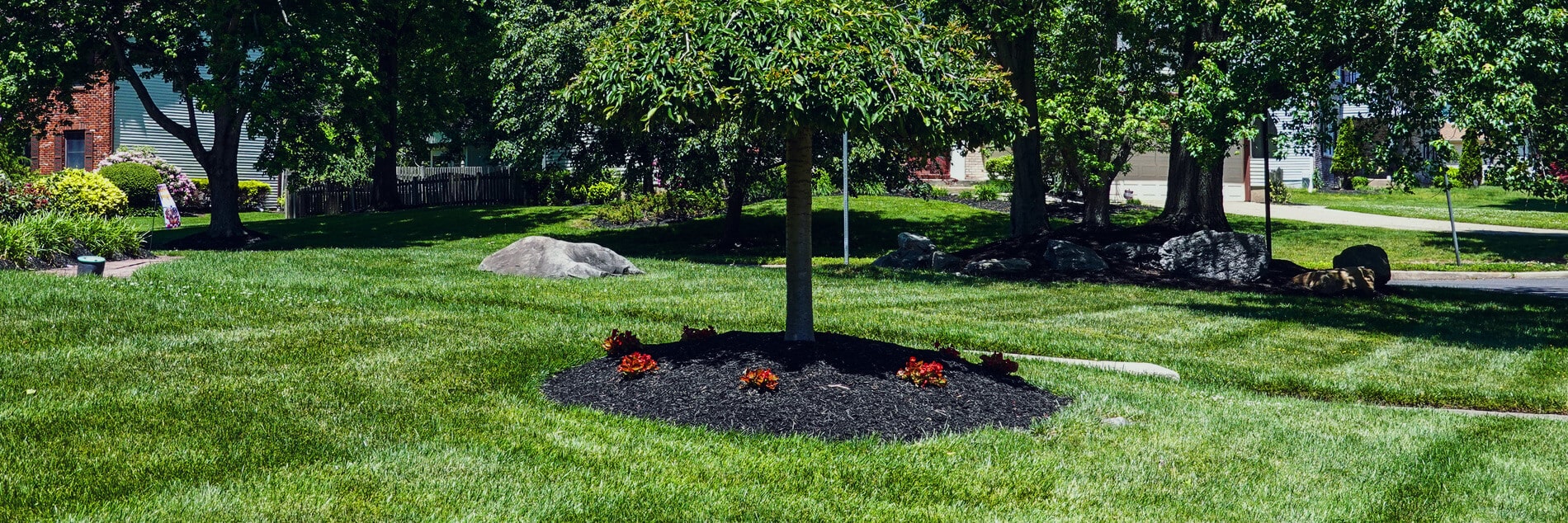Lawn Planting Instructions

Planting Date
Plant cool-season lawns (Kentucky bluegrass, perennial ryegrass, fescue) in the spring or fall when average high temperatures are in the 60-75 degree range. Warm-season lawns (bermudagrass, zoysia, buffalograss, bahia) should be planted in the late spring or early summer when average high temperatures are 80+ degrees.
Remove Preexisting Vegetation
This can be accomplished through physical removal (renting a sod cutter, tilling, etc.), chemical removal (glyphosate-based herbicide), or an alternative method (solarization, layering, etc.).
Prepare The Seedbed
Rake the area to remove dead plant matter, rocks, and other debris. Use a roller to firm up the soil if needed. You should not be leaving a footprint deeper than one inch.
Spread The Seed
Use a hand-held or push-style broadcast spreader to sow the seed uniformly over the soil. Consult the manufacturer of your spreader model to determine the correct setting for your spreader.
Seed-to-soil contact
After spreading the seed, use a landscaping rake to light work the seed into the soil to a depth of ¼ to 1/8 inch deep. It’s normal for some seed to remain on the soil surface.
Apply a topdressing or mulch
Optional Step
There are several products available to help your soil retain moisture during the germination period. Straw is a popular choice, but make sure it comes from a weed-free source.
Constant Moisture
Keep the area constantly moist during the germination period. Soil should remain damp, but not soaked for 15-30 days after planting.

